| 0 Comments | Enkor
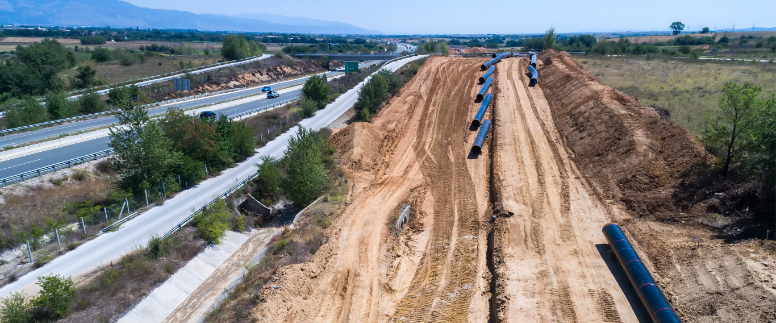
What is Cathodic Protection? How Does it Work?
Corrosion is a process that causes metal surfaces to oxidize and structurally weaken over time. Especially for long-lasting metal surfaces like pipelines, marine structures, and underground tanks, corrosion must be managed. Cathodic protection is one of the most effective methods in this battle.
What is Cathodic Protection?
Cathodic protection is an electrochemical method applied to protect metal surfaces from corrosion. The basic principle is to prevent the oxidation of the metal (cathode) through electrochemical reactions. This process ensures that the metal stays at a lower potential, thus preventing oxidation.
Where is Cathodic Protection Used?
Cathodic protection is commonly used in the following areas:
✅ Pipelines: Applied to prevent corrosion in oil, natural gas, and water transmission lines.
✅ Marine Structures: Protects metal from corrosion in piers, docks, and offshore platforms.
✅ Underground and Above-ground Storage Tanks: Ensures the safe storage of chemicals.
✅ Reinforced Concrete Structures: Prevents the corrosion of steel reinforcement in structures like bridge piers and parking garages.
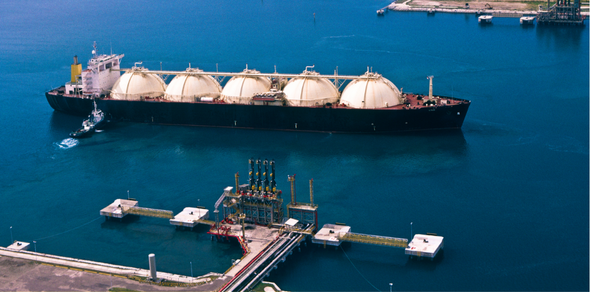

How Does Cathodic Protection Work?
Cathodic protection systems protect the metal by slowing down or completely stopping the corrosion process. Two main methods are used for the operation of this system:
1. Galvanic Anode Cathodic Protection (Sacrificial Anode System)
In this method, an anode that will naturally corrode faster than the protected metal is placed next to the metal. The anode sacrifices itself, corroding instead of the protected metal. Hence, it is also known as the "sacrificial anode" method.
Types of Anodes Used:
✔ Magnesium Anodes: Preferred in low-resistance soil environments.
✔ Zinc Anodes: Effective in preventing corrosion in seawater.
✔ Aluminum Anodes: Ideal for salty water and marine environments.
Advantages:
✔ No power source required.
✔ Easy to apply.
✔ Cost-effective for small-scale projects.
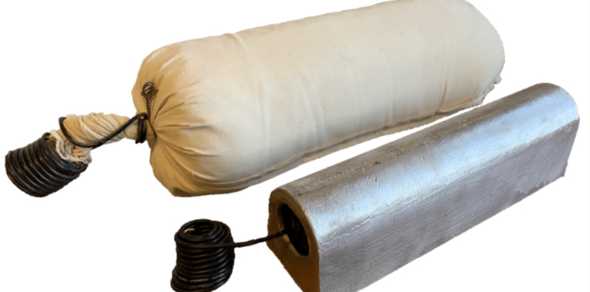
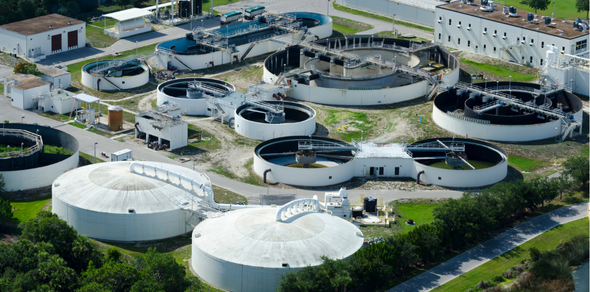
2. Impressed Current Cathodic Protection (ICCP)
In this method, an external DC power source is used to change the potential of the metal to be protected. The power source generates an electric current between the anode and cathode, preventing the metal from corroding.
Components Used in the System:
✔ Anodes: Made from durable materials such as titanium, ferro-silicon, or graphite.
✔ Power Source: DC generators or solar energy systems can be used.
Advantages:
✔ Provides long-term protection.
✔ More effective for large structures.
✔ Offers more precise protection due to adjustable current.
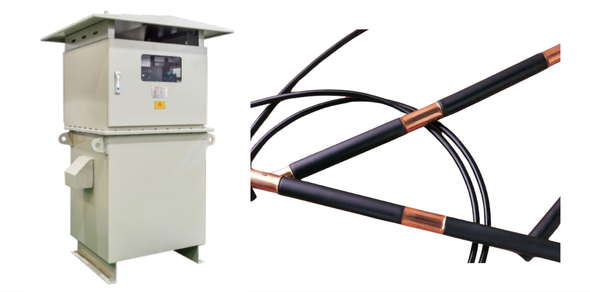
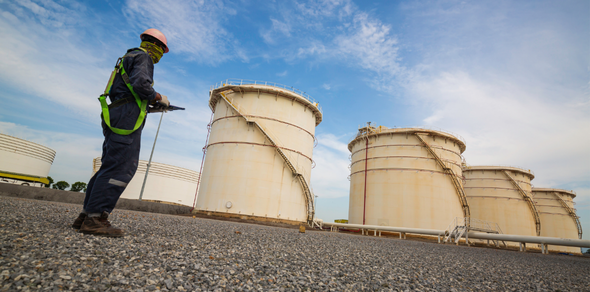
What Are the Advantages of Cathodic Protection?
✅ Long-lasting Protection: Particularly external current-based systems can be effective for decades with regular maintenance.
✅ Prevents Metal Loss: Increases the safety of pipelines and marine structures.
✅ Reduces Costs: Minimizes corrosion-related repairs, saving substantial costs in the long run.
✅ Environmentally Friendly: Prevents the environmental damage caused by the breakdown of metal due to corrosion.
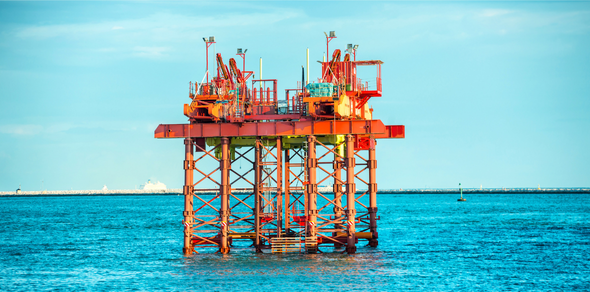
Conclusion
Cathodic protection is one of the most effective methods to extend the lifespan of metal structures and prevent the damage caused by corrosion. Thanks to galvanic anodes and impressed current systems, pipelines, ships, piers, and storage tanks can be safely protected.
A proper cathodic protection strategy guarantees the long-term durability of metal surfaces.
For more information or project-based cathodic protection solutions, feel free to contact Enkor Construction and Corrosion Technologies!
